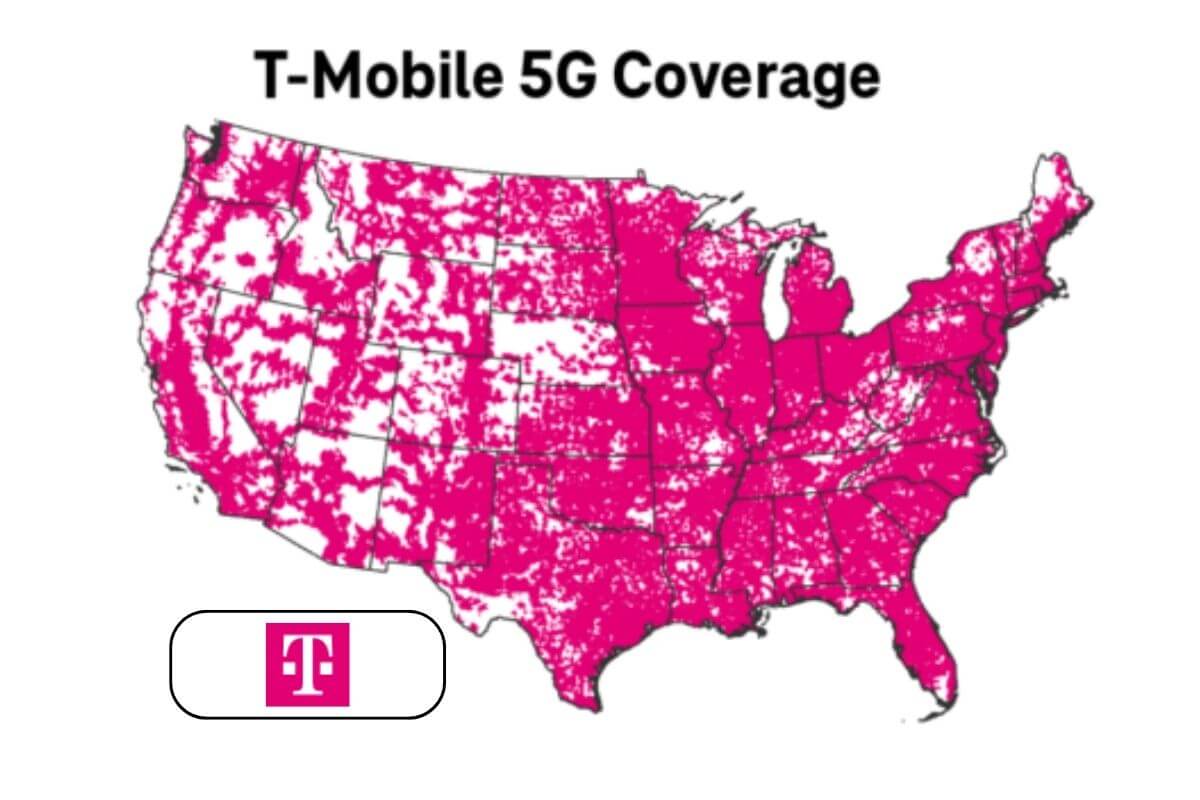
T-Mobile has increased 5G capacity and coverage Nationwide. The telco now offers services to 260 million customers with Ultra Capacity 5G and 323 million with Extended Range 5G. With this, T-Mobile achieves its mid-band 5G year-end target weeks ahead of schedule and gets closer to its aim of providing Ultra Capacity 5G coverage to 300 million people by the end of 2023.
Deploys Mid-Band Carrier 1900 MHz
T-Mobile is adding more capacity for even faster speeds as its coverage grows. In addition, T-Mobile is boosting its 5G network with a new nationwide layer of 1900 MHz mid-band spectrum.
3 Carrier Aggregation (3CA)
In addition, the telco has started turning on three-carrier aggregation (3CA), which combines three carriers of mid-band 5G spectrum and, in tests, delivered peak speeds topping 3 Gbps on T-Mobile's 5G Standalone Network. Customers using the Samsung Galaxy S22 can experience 3CA in parts of the Network now. The three-carrier aggregation will become available on more devices and spread nationwide in future.
Also Read: 5G SA Network of T-Mobile Will Offer Great Capacity to Users With Mid-Band Spectrum
"We're rapidly executing our vision to deliver the highest capacity network this country has ever seen. We've led in 5G coverage from the beginning, delivering a massive 5G footprint that continues to grow. And with Ultra Capacity 5G, it's undeniable that T-Mobile customers have access to the most powerful 5G network around," said Neville Ray, President of Technology at T-Mobile.
Experience T-Mobile 5G
With T-Mobile's Network Pass, customers on other Networks with unlocked eSIM-compatible phones can experience T-Mobile for three months at no charge with unlimited smartphone data, including 5G.
Cloud Native 5G Core Gateway
T-Mobile and Cisco collaborated to launch a first-of-its-kind cloud-native 5G core gateway. T-Mobile has moved all its 5G and 4G traffic to the new cloud-native core gateway, boosting performance for customers with more than a 10% improvement in speed and latency. With this shift, T-Mobile can simplify network functions across the cloud, edge and data centres to significantly reduce operational life cycle management.















